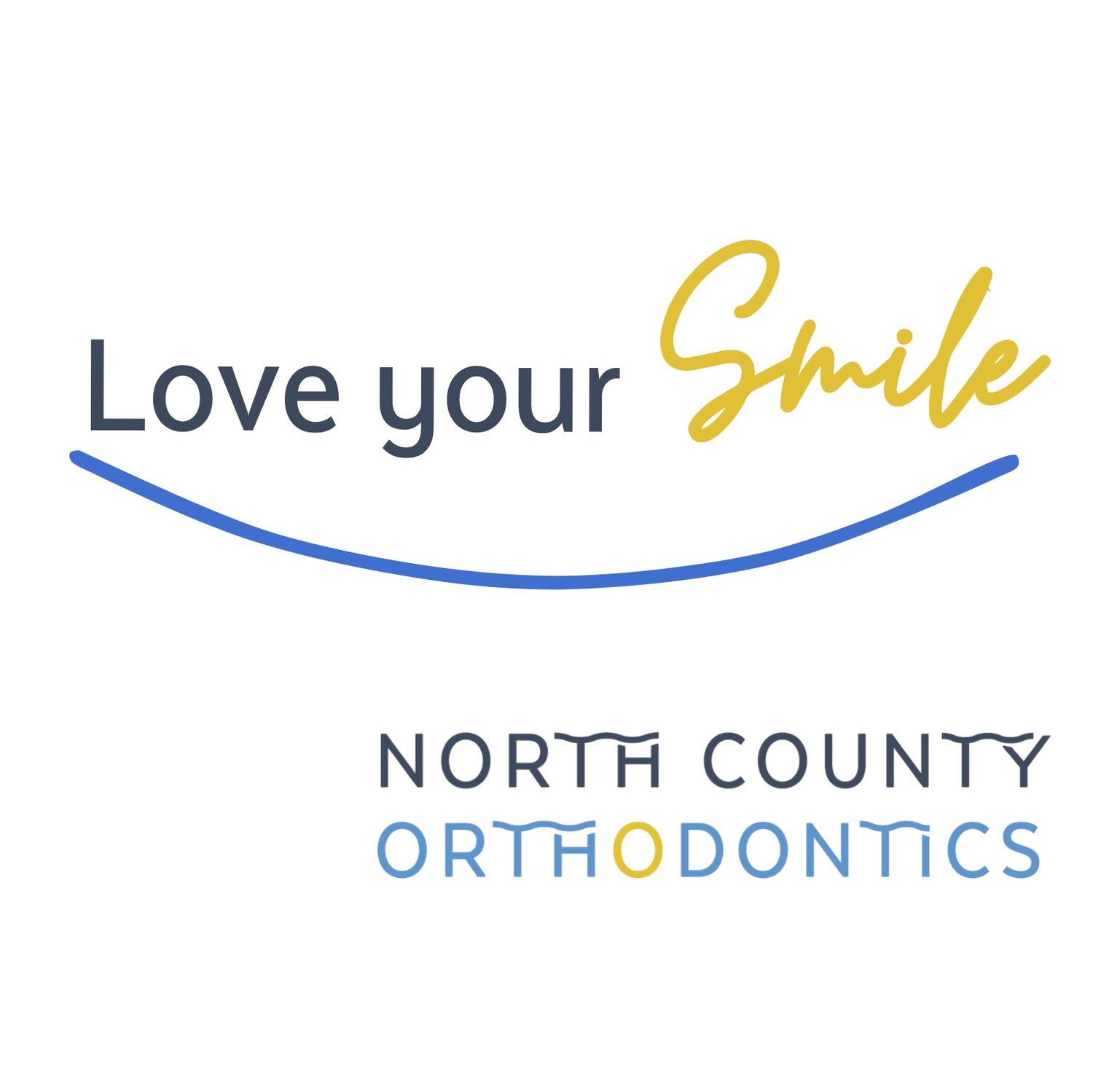As orthodontists, Drs. Ross and Laura Pulver can successfully correct most problems regardless of the patient’s age. But that does not mean that the orthodontic treatment starting age does not matter.
The American Association of Orthodontists recommends that children be evaluated by an orthodontist around seven (7) years of age.
At this age children usually have both baby and permanent teeth. Drs. Ross and Laura Pulver are able to identify both current and potential tooth and jaw problems. Early evaluation often leads to preventative treatment may eliminate the need for surgery or more invasive procedures later.
With early treatment it is easier to:
Correct or guide the growth of your child’s jaw so that permanent teeth will come in straight.
Regulate the width of the jaw’s upper and lower arches.
Create more room in a narrow jaw for crowded teeth.
Avoid having permanent tooth extracted when they’re older.
Correct any jaw or tooth problems caused by thumb-sucking and also improve minor speech problems.
In our complimentary 7&Up Kids Club, Drs. Ross and Laura Pulver will monitor your child's growth, the eruption of permanent teeth and watches for possible impactions. If you have children age 7 or older, please ask about our 7&Up Kids Club.
Early evaluation and treatment is the best way for your child to have a healthy, confident smile for the rest of his or her life. If you would like to learn more about braces and other orthodontic treatments for children, email us at hello@northcoortho.com or give us a call at (805) 238-2632 today for a complimentary consultation. Our team will work with you to help find appointments that will fit your busy schedule.
Does my child require orthodontic treatment?
There are many ways to determine if your child is a candidate for orthodontic treatment. In addition to a referral from their dentist, parents can be on the lookout for:
Losing baby teeth either early or late.
Having a hard time chewing or biting food.
Breathing through the mouth.
Continuous finger or thumb sucking.
Crowded, misplaced, or blocked teeth.
Jaws that pop or make sounds when your child opens or closes their mouth.
Teeth that do not fully come together or come together abnormally.
Jaws and teeth that are out of proportion to the rest of the face.
Crowded front teeth when your child is seven or eight.



